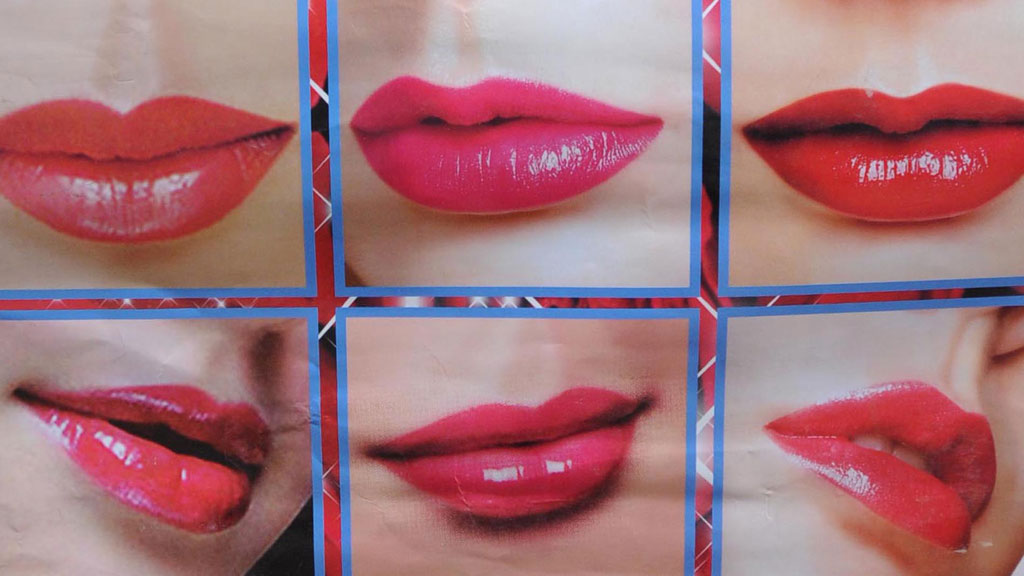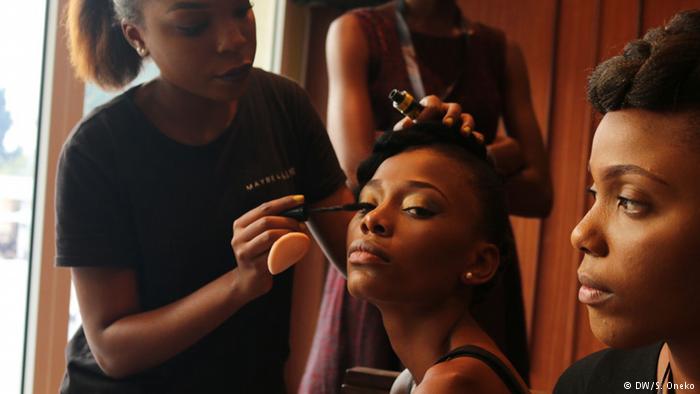After designer bags and shoes, we present ‘designer vaginas’
I was no less than flabbergasted after reading a recent research that shows that one in every five Australian women is interested in having a “designer vagina” surgery.
It was even more surprising for me when I found out that labiaplasty- a surgical procedure that involves reducing the size of labia so they do not protrude- is the most common form of cosmetic genital surgery in women around the world.
The findings by the school of psychology at Flinders University in South Australia were officially presented at a conference in Bristol, England last week. These suggested a worrying trend in women who were becoming increasingly dissatisfied with the appearance of their genitals.
Just when we – journalists in Pakistan, Afghanistan and the Arab world – have been going crazy condemning this inhumane customary practice of female genital mutilation (FGM), predominant in Africa and the Arab world, women in the educated, developed world have started to opt for it willingly, because most of them had had complaints from their sexual partners about the way they looked down there. Isn’t this going too far to satisfy someone else?
Makes me wonder if we have we been wasting our time trying to put an end to this in one part of the world, only to see its increase in another.
According to a UNICEF 2013 report on figures from five years, around 125 million women and girls in Africa and the Middle East have undergone FGM, a process that includes partial or complete removal of the external female genitalia. In severe cases, this included removing the clitoris and the clitoral hood. The hundreds of years old practice is an attempt at controlling a woman’s sexually activity and limiting pleasure from sex, confining her to being just a mere piece of flesh made for childbirth.
And the agony is that the custom is not just limited to Africa and the Arab alone. The procedure is believed to have affected about 170,000 women and girls from among ethnic communities living in Britain and around.
I believe, most women who are going for it by choice are the ones with greater exposure to media sources such as beauty magazines, television, online advertising and pornography. They might be fascinated by the look of women they see, but what they fail to ask themselves is, that since when have women in magazines and pornography become beauty ideals?
Don’t these women realize that they may have perfectly normal labia, but are dissatisfied just because they continue to compare themselves with those with modified body parts, of course including lips, chins, breasts, hips and now vaginas, too.
Which brings me to another concern. Has this something to do with the way young girls and boys are being educated about sex and beauty?
FGM is illegal, a violation of human rights and is punishable under international law. What’s surprising is that while FGM is outlawed in Britain, the United States and Australia; these countries have the highest rates of genital cosmetic surgery, which is entirely legal.
We need to understand that there is a thin line between lawful cosmetic surgery and illegal medical procedures; freedom of expression and fanaticism; a need and a want. However, I believe, these lines seems to disappear when we talk about a cosmetic genital surgery and FGM.
My question is: who decides that this $6,000 procedure is legitimate?
By condemning vaginal “beautification” surgery and calling for its ban, we can express solidarity and respect for victims of FGM, most of whom are less than 10 years old.
I just did!
Author: Ayesha Hasan
Editor: Manasi Gopalakrishnan
Ayesha Hasan is a Pakistani journalist/blogger. She is pursuing her PhD (Media and Ethnicity) at the University of Wollongong, Australia. She tweets @ayeshahasan08








